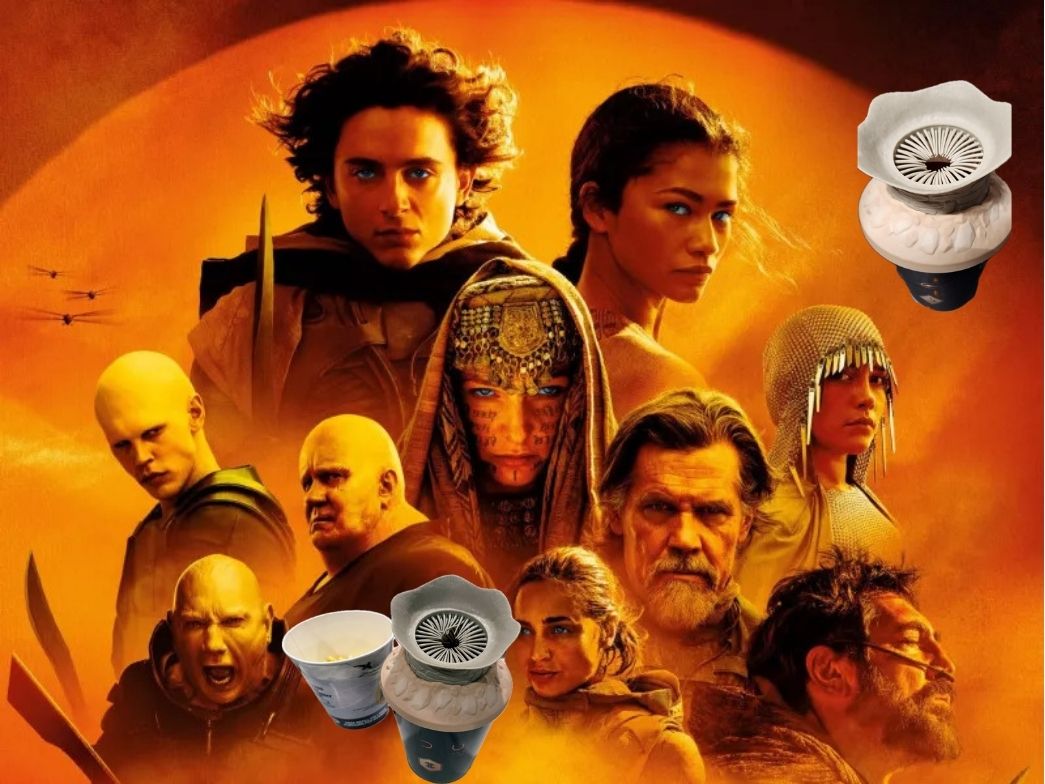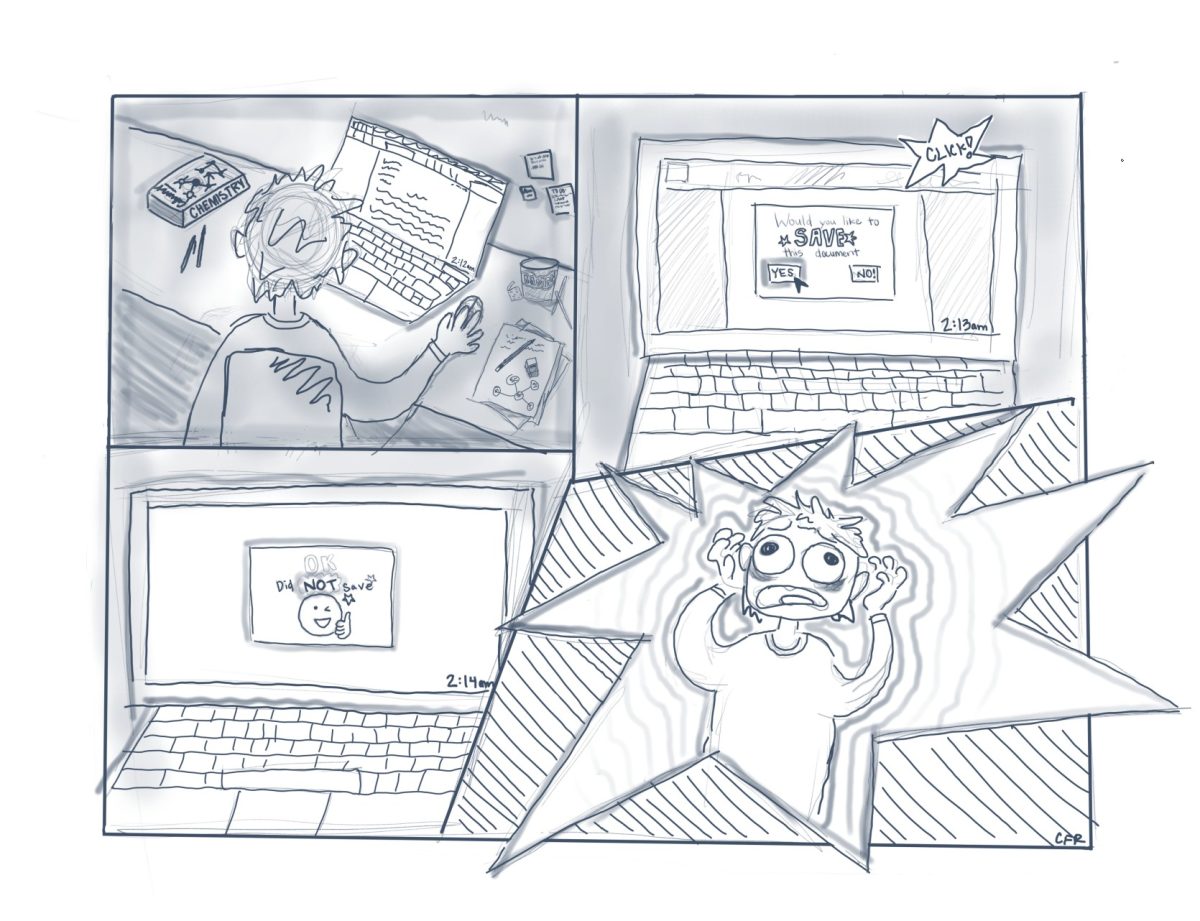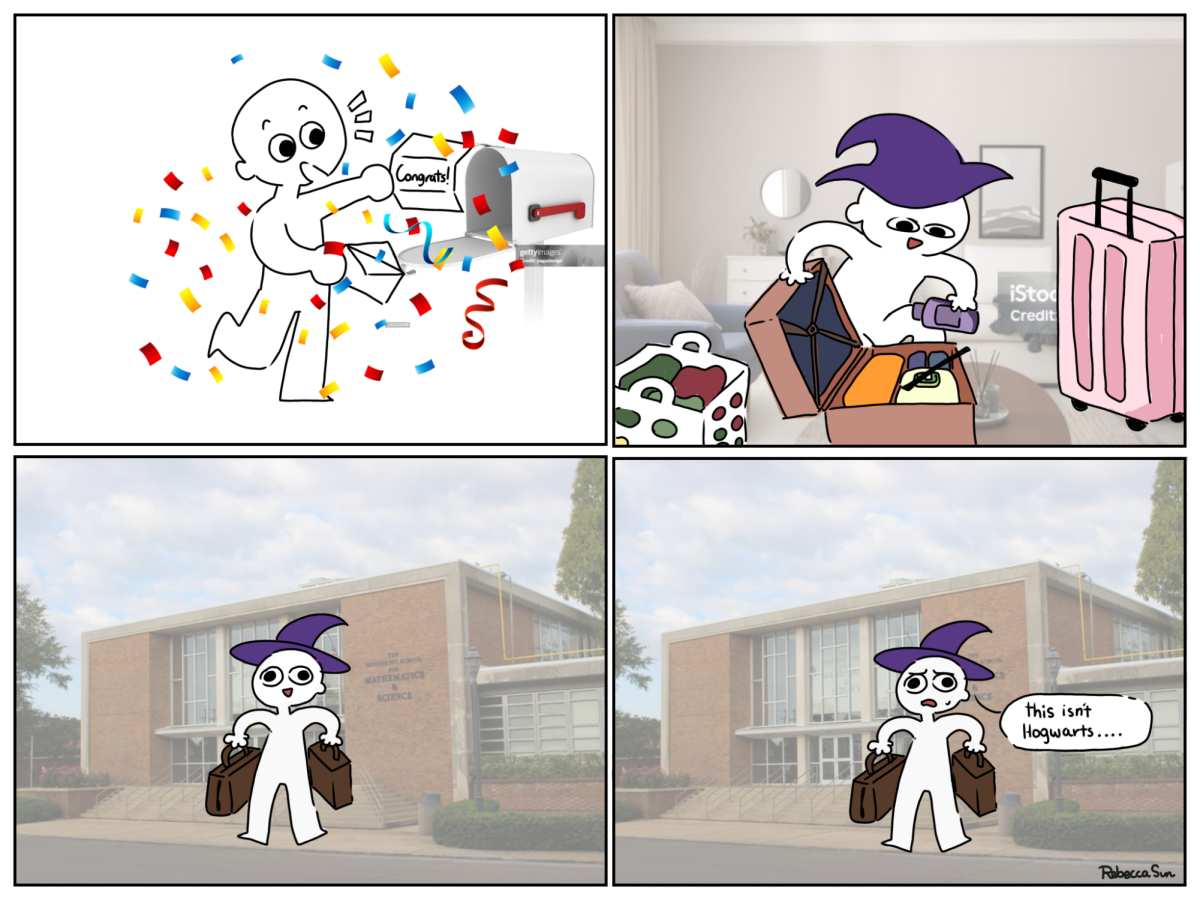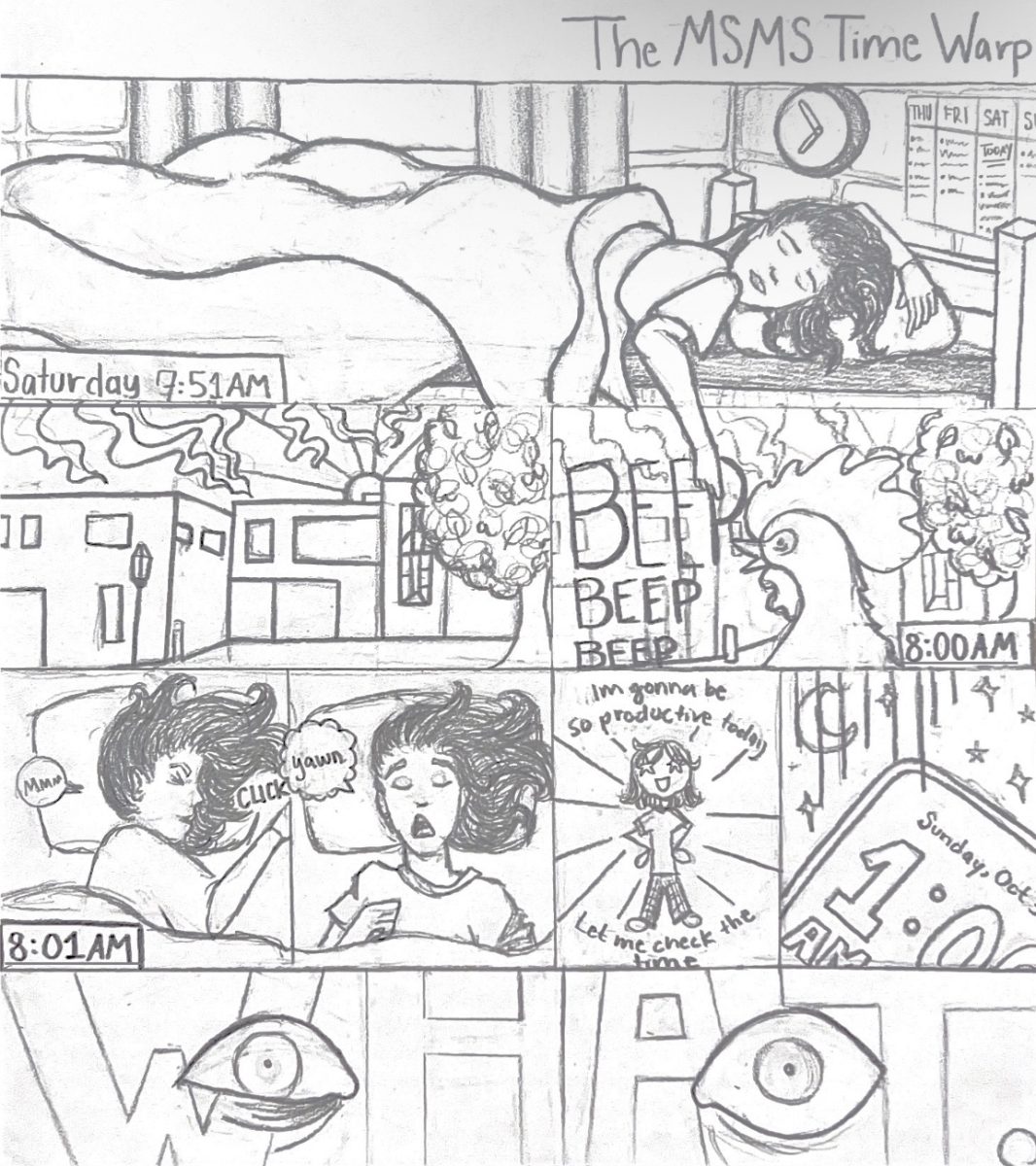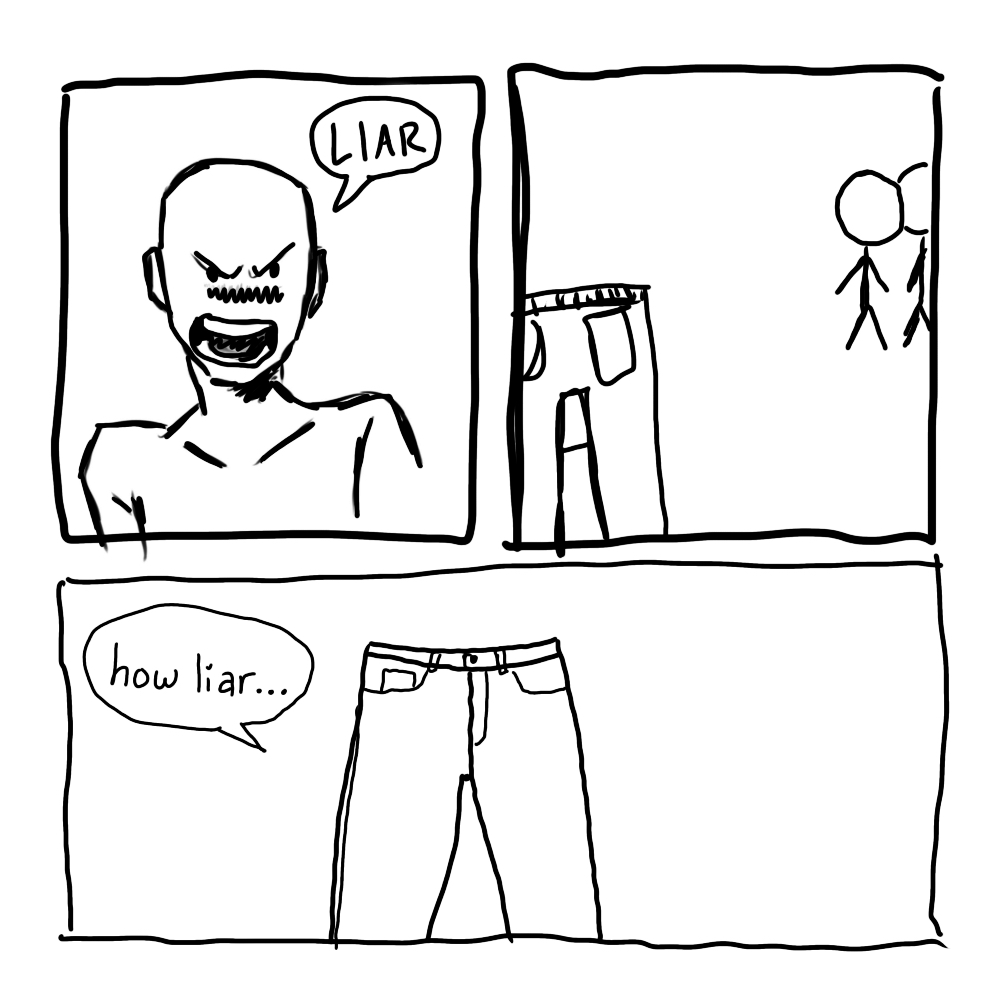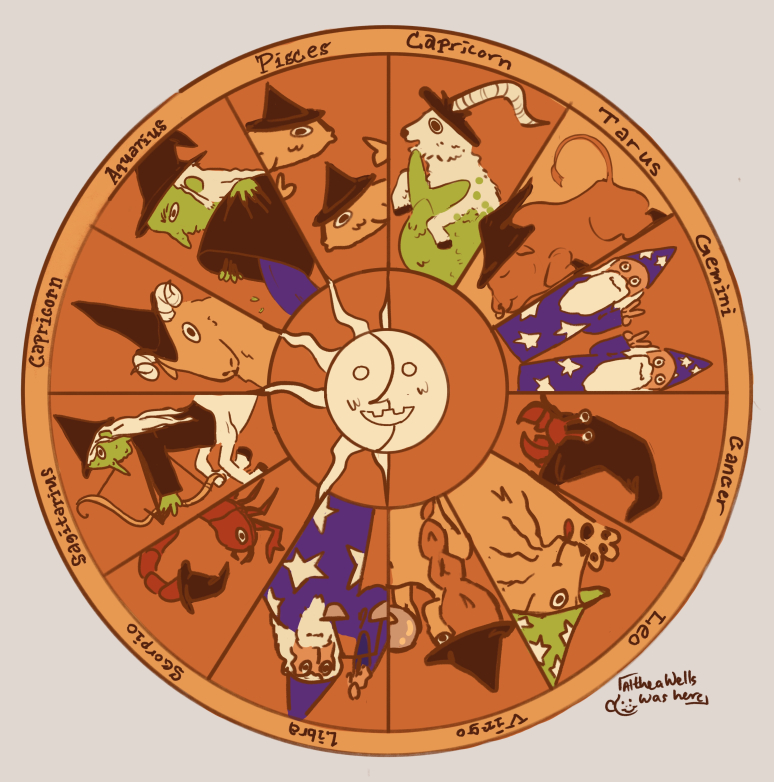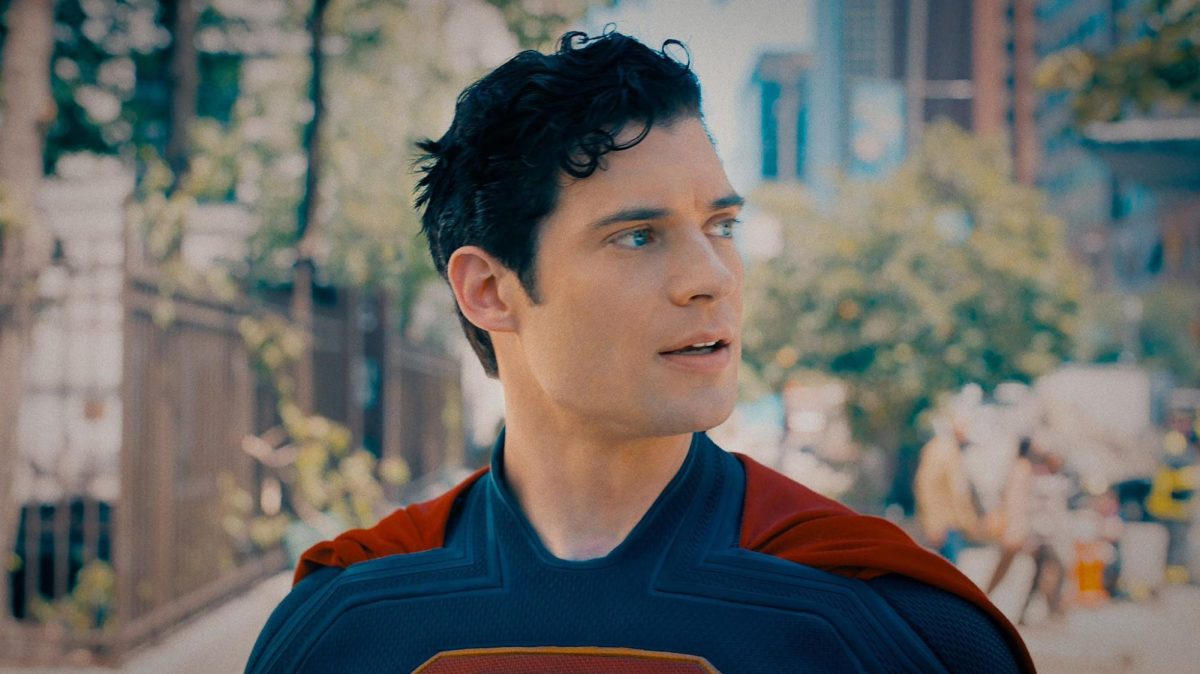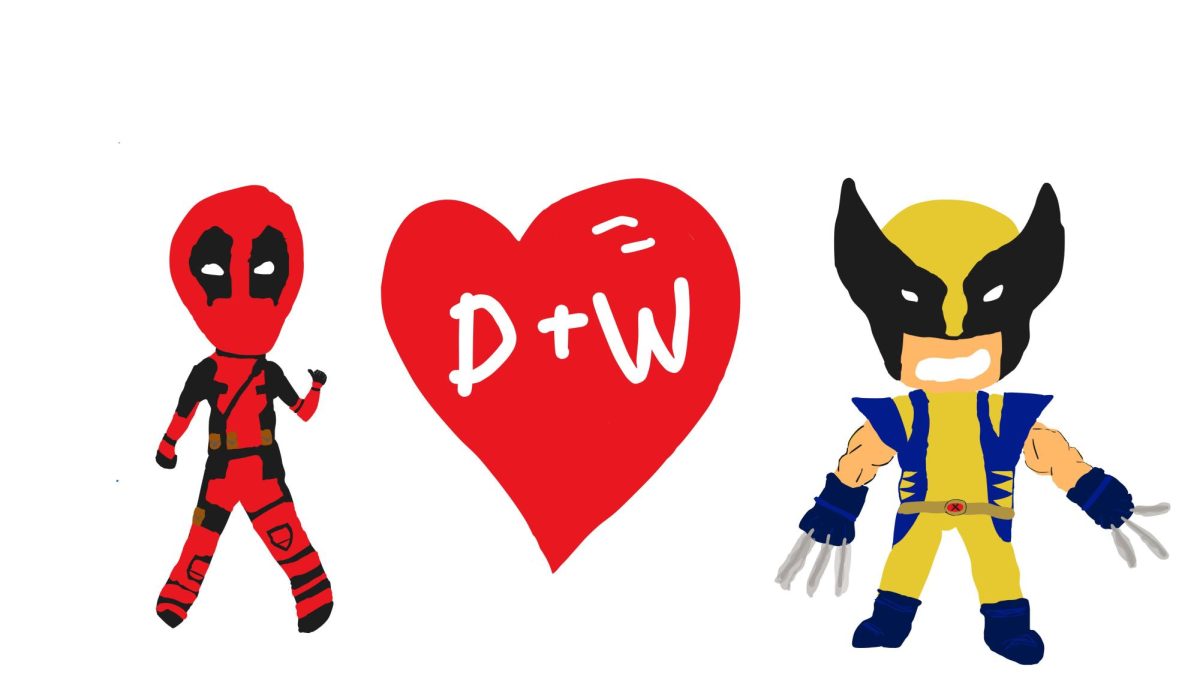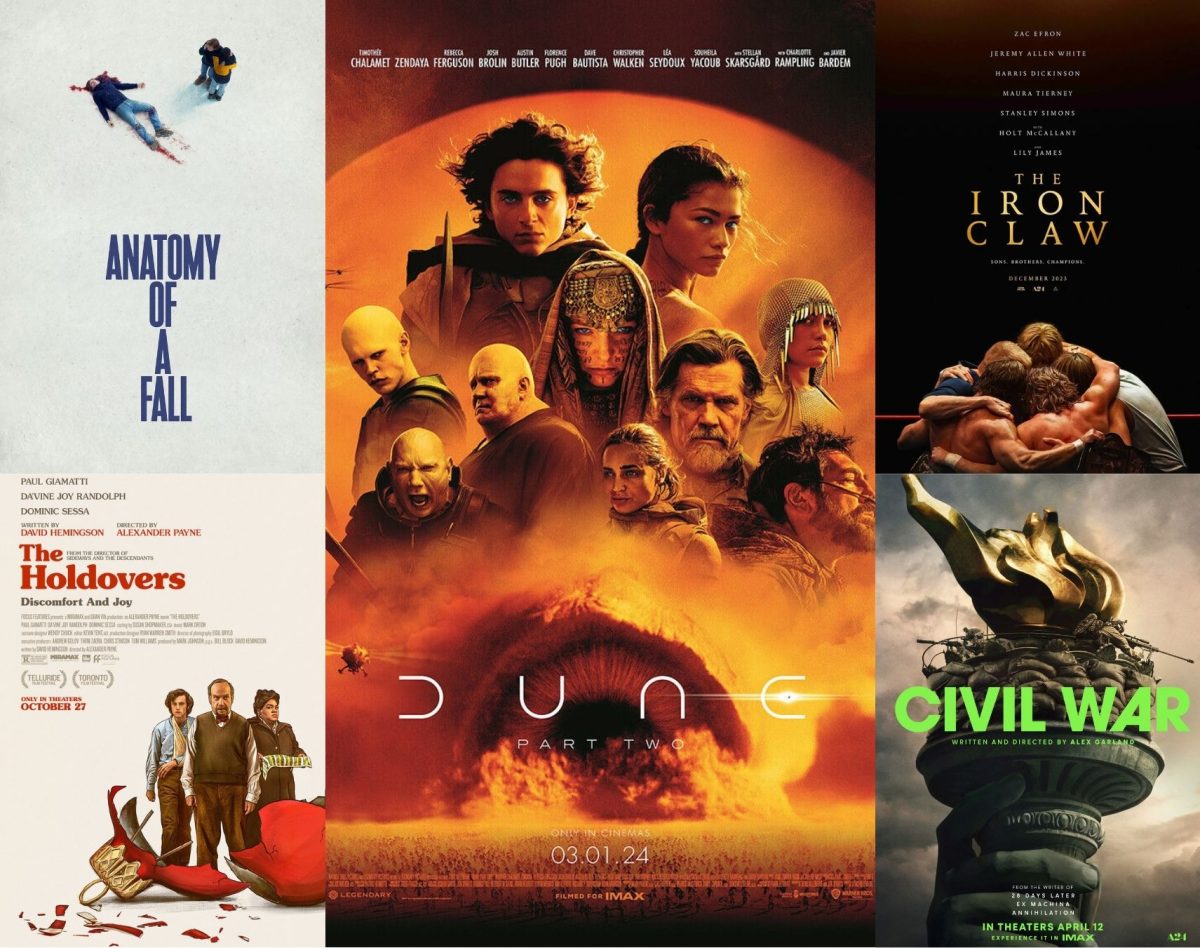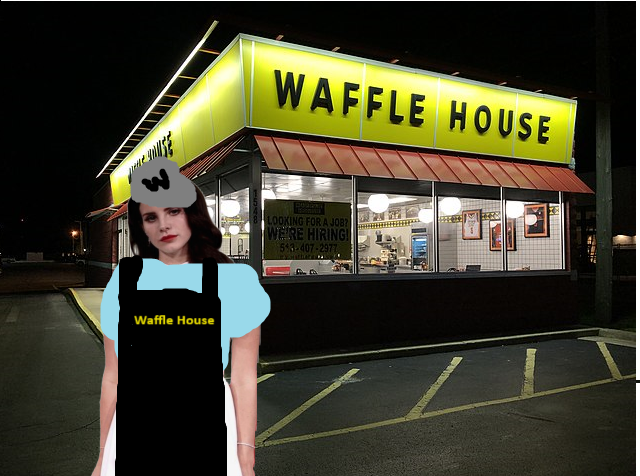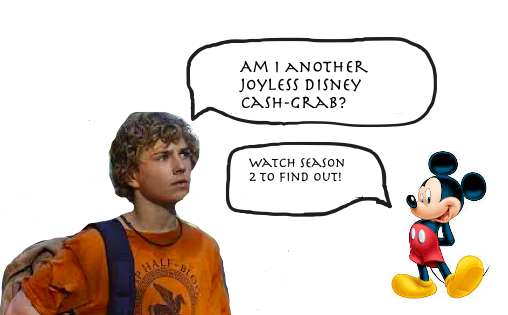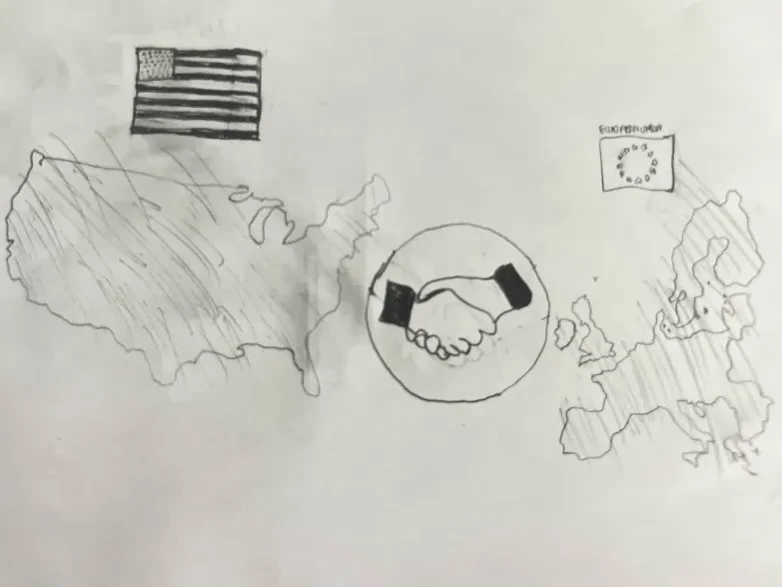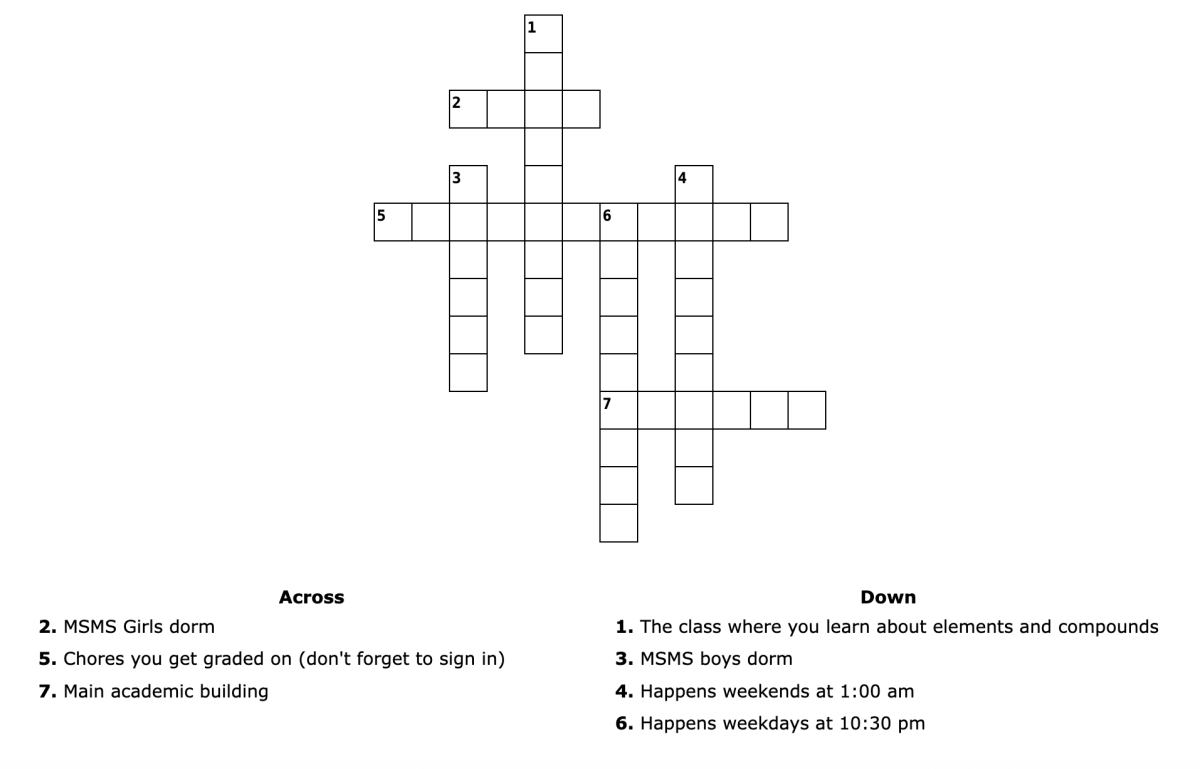Denis Villeneuve, in 2021, directed the first part of his “Dune” film adaptation saga. Met with critical acclaim — even taking home six Academy Awards — most fans highly anticipated the film’s follow-up. The good news is “Dune: Part Two” not only met fans’ expectations but exceeded them; building on already established characters allows the sequel to include much better action and a more conclusive and climactic story.
Timothée Chalamet — who stars as the film’s main character, Paul Atreides — quickly evolves into the messiah the novel prophesizes about. Also, this installment features more of Zendaya, something audiences wanted more of from the first film, and she does not disappoint. Paired with Villeneuve’s adaptive alterations and Zendaya’s great performance, Chani’s character becomes something spectacular. Paul and Chani’s romance is the beating heart missing from the first “Dune.” Other standouts include Rebecca Ferguson and Javier Bardem, who both command the scenes they are in. Other newcomers to the franchise are Florence Pugh and Austin Butler, who perfectly fit into Villeneuve’s world even though they fill less prominent roles in the film.
Villeneuve is a skilled filmmaker, but science fiction is the genre he soars in. “Arrival,” “Blade Runner 2049” and now the “Dune” films, adapted from Frank Herbert’s 1965 novel, showcase his knack for creating good, otherworldly stories. His dystopian world-building — with the help of excellent visual effects, grand production design and sound, a harrowing score by Hans Zimmer and majestic costumes — transports the audience to the desert planet of Arrakis.
The stunning shots almost seamlessly blend with the film’s visual effects. Scenes of Paul and Chani overlooking a sea of sand while the sun sets and armies ride sandworms into battle come alive on a theater screen. Even the black-and-white scenes, created with infrared cameras, capture the feeling of the Harkonnen black sun and mesmerize the viewer. These technical feats will probably garner Greig Fraser, the film’s cinematographer, another Best Cinematography Academy Award nomination.
The story this time is more friendly for general audiences and a better way to expand the franchise. The opening weekend box office doubled the first film, providing evidence more people are either discovering “Dune: Part Two” based on the widespread positive reviews or fans are continuing to support the film even more by rewatching it in theaters. While one could still enjoy this film without seeing the first, Paul’s eventual arc in ”Dune: Part Two” is clearer, partly thanks to the large amount of exposition in the first film.
However, it also seems “Dune: Part Two” suffers from a general discontinuity from the first movie. Multiple plot points and characters are introduced in the sequel even though they go unmentioned in “Dune.” For example, Feyd Rautha, Butler’s character, is set up as the main antagonist of the movie; however, he is completely absent from “Dune.” This makes his presence as Paul’s rival feel unsubstantiated, as viewers go into the movie rooting for the downfall of Baron Harkonnen and the Beast Rabban, but they don’t know — and therefore don’t care — about Feyd. Villeneuve and the screenwriters knew this, so they made him comically evil to the point where they kill random Harkonnens.
This hurts the movies because it makes the main villains more cartoonish, and since they don’t achieve much in the second movie, it makes them feel less of a threat to the audience. The other characters introduced in “Dune: Part Two,” including the Emperor and Princess Irulan, similarly lack an emotional connection with the audience and don’t go on to do much.
What ends up hurting the message of Herbert’s original novel “Dune” is the final scene of “Dune: Part Two.” Paul’s villains are either not known or are the epitome of evil; thus, to the audience, Paul is unequivocally the good guy, as evidence by Paul becoming the new male archetype online. However, this shouldn’t happen because in the book Paul is purposely not a good guy. He is a colonizer who manipulates an oppressed native people by appropriating their culture all to use them to take over the universe. The theme of Herbert’s novel is those who have power do so by taking advantage of other people, which gets muddled in the film adaptation because it makes Paul look cool and his alternatives seem comically evil.
Still, audiences can tell “Dune: Part Two” was crafted with the utmost care, as this has been a passion project for Villeneuve since he was a teenager. He fully adapts this complex story about power and religious figures and the effects of both on societies. The entire cast and crew of this project successfully adapted the second half of “Dune,” and created a modern science fiction experience at its highest potential.


